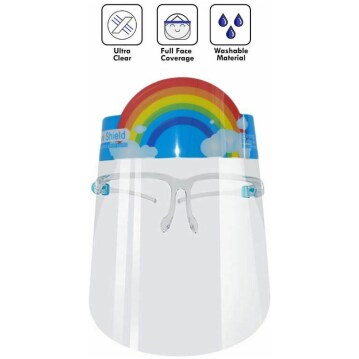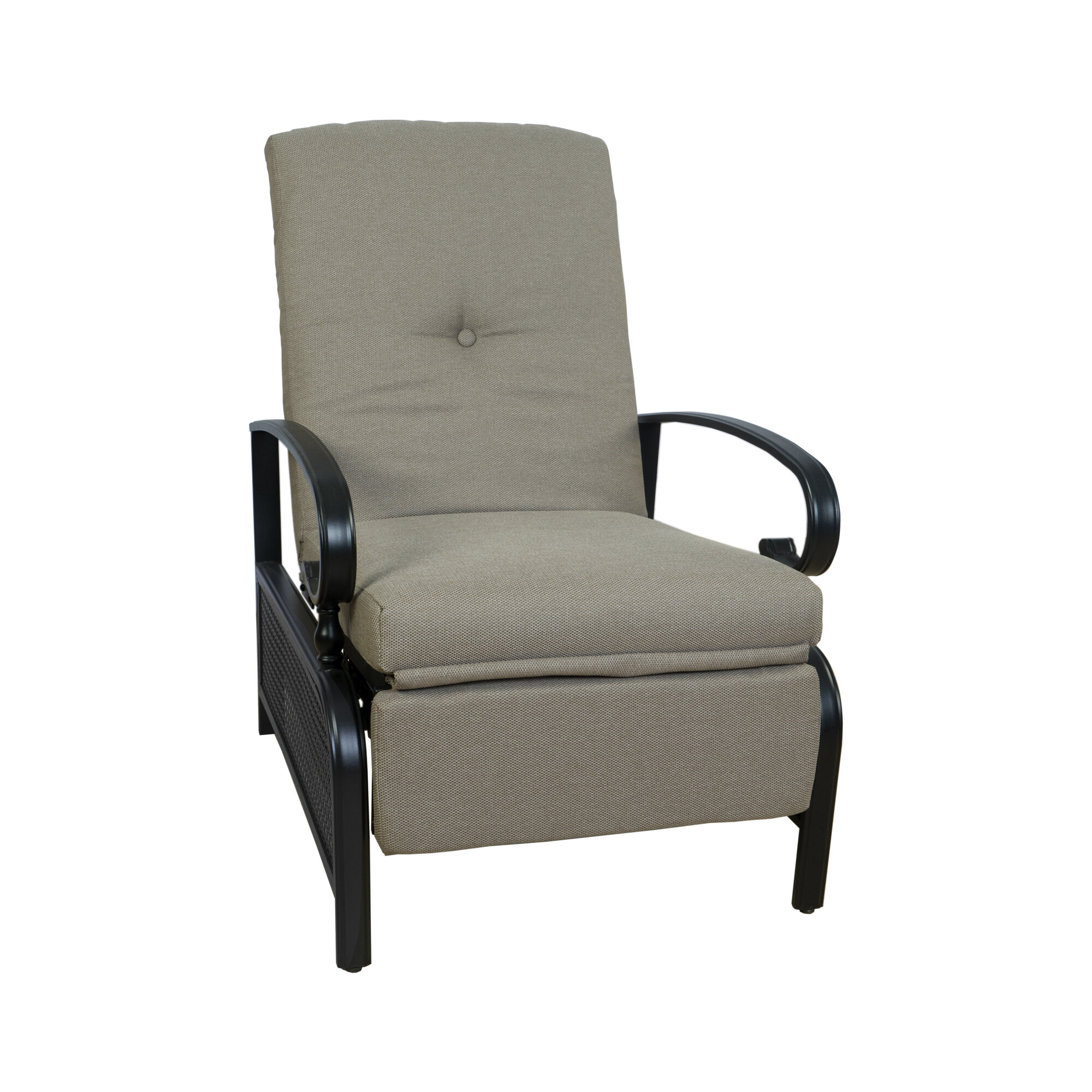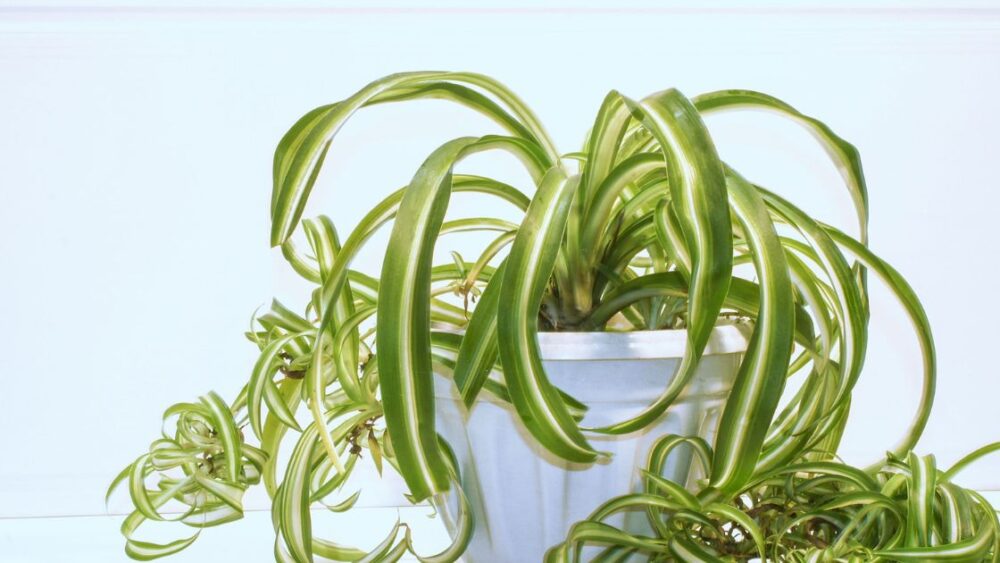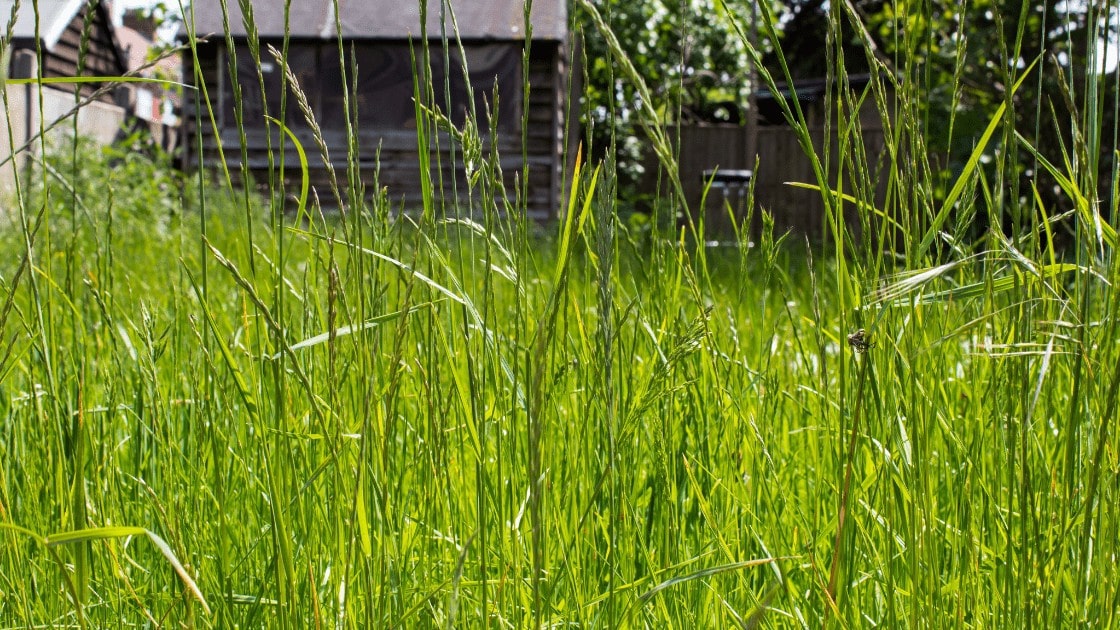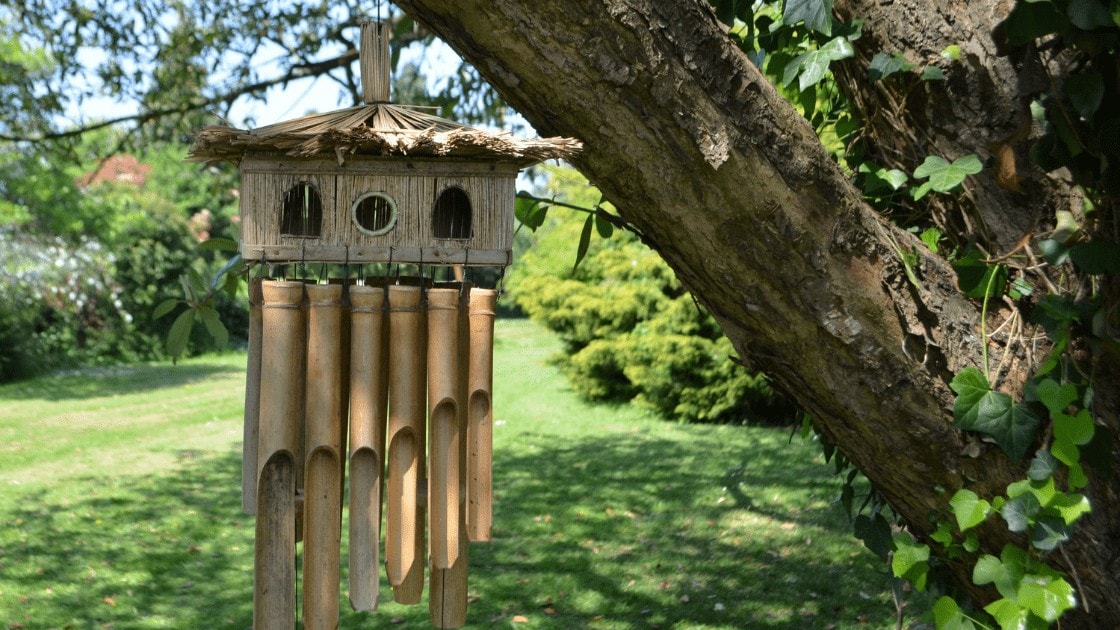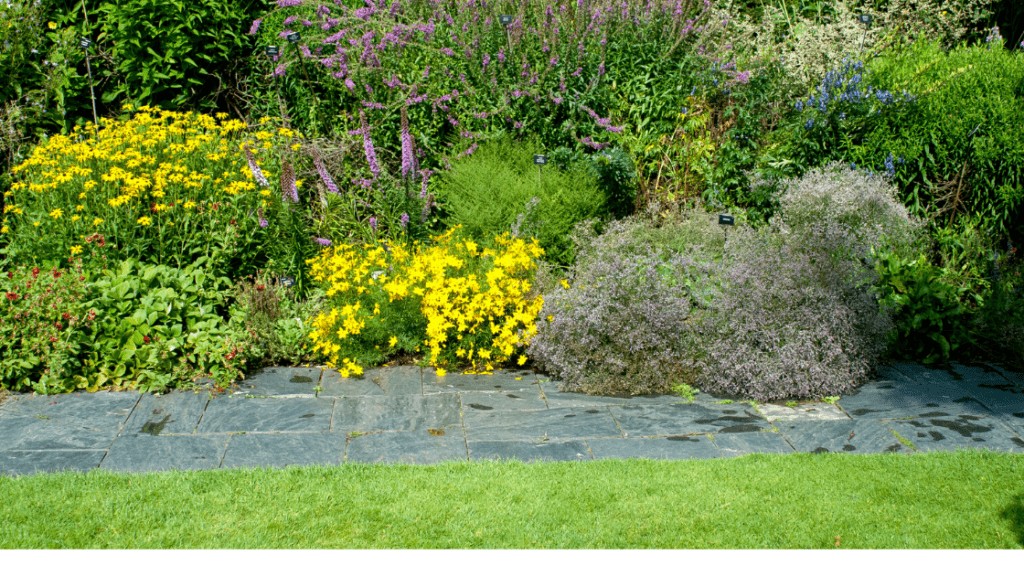
If you have a garden in your home, choosing the right garden boarders is paramount. With such, you will be able to separate the space between grass areas and planted gardens. A question that many DIYers ask themselves is, why is landscape edging so important? Well, there are a couple of reasons why you need to consider boarder edging for your garden space.
One of the major reasons why you should consider installing a boarder edge for your garden space is curb appeal. Also, it helps to keep walkways clearly defined by ensuring that garden material doesn’t scatter all over. Moreover, you can use it to separate your garden into different portions. Most importantly, as you consider choosing your preferred border edge, there are several things you have to keep in mind.
Types of Border Edges for gardens and walkways
I. Wood
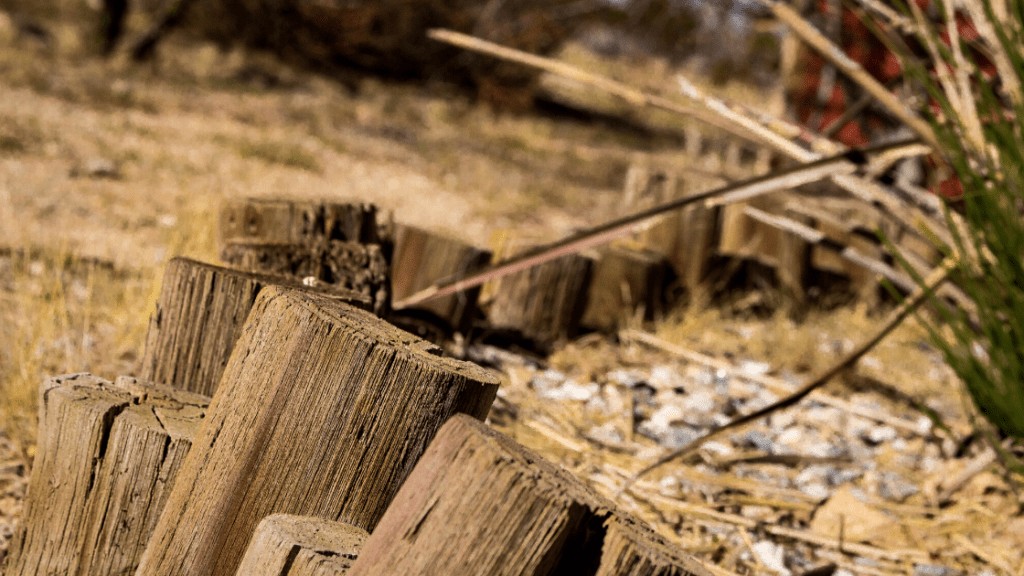
Wood is one of the most basic material you can choose for garden edging. If choosing wood, there are different types of wood for you to choose from to create a distinction in your garden spaces. For example, you can use treated or rot-resistant wood for your garden’s border edging. By simply cutting several pieces of wood into random lengths and placing them along the edges of your garden, you can be as creative or simplistic as you’d like. You can also opt to re-purpose some of the wood in your home for this valuable task. Even the wooden scraps you think can’t do a good border edging work are perfect for your garden.
Browse our Affiliate Products
- Pros
As you well know, wood is not too hard to find. The fact that you can even use weathered wood makes it such an economical choice for making garden borders. If you don’t have the budget to buy new wood, you can settle for the cheaper options. Another advantage of wood is that it’s easy to install. You don’t have to hire experts to do the job for you. Rather, you can do it yourself with a lot of ease. Of great importance still, you can paint wood to add an aesthetic value to your garden.
- Cons of Wood
Wood is not as long-lasting as other materials like metal. It is susceptible to rot, which makes it a less durable option. It’s for this reason that you might find wood being hard to maintain, and have to change it out once it starts rotting, or has severe termite damage. Although this might be a con, you can design with relative ease.
For more information on garden edging, check out this article: Is Landscape Edging Necessary?
To view our affiliate products, click here. Garden Edging
II. Cement
Cement is yet another material that you can rely on to separate the space between your garden and other areas of your home. For this material, you have to first decide where you are going to place the edging. Unlike wood garden bordering, you will need more labor for this one, and you’ll also have to get materials to make the mix. The quantity of the materials to use will depend on the amount of space needed for the border edge. If you choose cement as your preferred material, these are the pros and cons you expect to experience:
- Pro
Cement is inexpensive. Given that you are not dealing with a major project like construction, you won’t need a lot of it. Additionally, it’s attractive. It will make your garden look beautiful. Again, cement garden edging is versatile, giving you the freedom to match it with any garden contour, color and design. Lastly, it’s a durable material for your project. It can last for years even when it’s being used as a walkway.
- Cons
One of the disadvantages with this particular garden edging material is that its labor intensive compared to others. You have to gather all the necessary materials together, and if you aren’t familiar with it, you might need some help. Also, once it’s set in place, it is kind of hard to change your mind. Even still, if your pouring a lot of it, drainage issues may arise with heavy rain or heavy watering.
III. Plastic
The plastic material used to create divisions in garden spaces can be in strips or rolls. Unlike wood and cement, there are plastic garden edging options that can be quite sophisticated. However, it happens to be a flexible material that makes your work easier. The following pros and cons are of great interest:
- Pros
Plastic is easy to install. It doesn’t require you to put in a lot of work to prepare and make garden edges. Within a short moment, you’ll be able to set up a distinction between the different portions in your garden. Additionally, it’s economical to use it for this task. You won’t have to spend a lot of money buying or maintaining a plastic garden edge. In addition, plastic borders come in a variety shapes and sizes and can be cut with hand tools which can be easily installed.
- Cons
The main disadvantage with plastic is that it becomes brittle and, for that reason, it breaks quite easily. Consequently, this is evidence that it’s not as durable as cement. Like wood, if you don’t like the design after a while, or becomes brittle or cracks, you can always change it out.
IV. Gravel and Stones
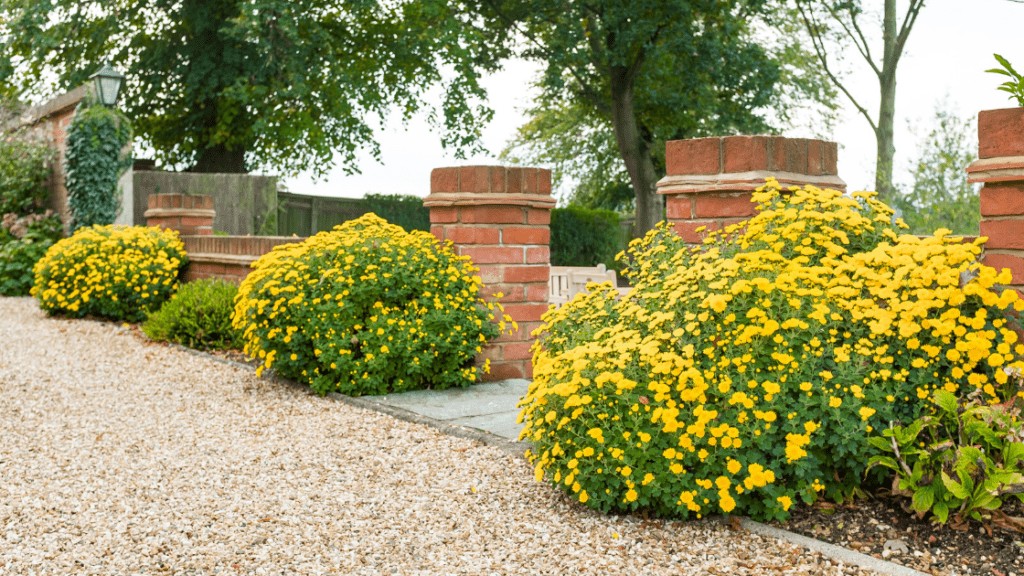
These are a natural way of edging your garden. Gravel refers to small and loose particles of rocks that you can use to put up defining garden edges for your garden. Similarly, you can make use of stones to achieve the same purpose for your garden. If properly installed, they can offer an attractive landscape edging for a more natural look. For stones, it’s important to mention that you can use them uncut or cut them into block patterns of your choice. Cutting blocks will require you to put in some skilled labor, but the final product will look very attractive.
- Pros
The major advantage of using gravel and stones is that they are naturally available. They are not manufactured like plastic. Therefore, if you are in an environment where you can access them easily, it’s a plus for your garden. In addition, your garden will appear natural by blending into the environment. This is also great for the environment too.
- Cons
When it comes to the cons of these materials, you might need to continually reset the stones. Similarly, it will be vital for you to take good care of the gravel since it is loose and it can be scattered or carried away by natural conditions.
V. Bricks

Bricks are a popular option for marking garden spaces. They produce various effects when used. They can either be laid in a vertical or diagonal dimension. Whether you are having a formal or informal garden, bricks will fit well. You have the freedom to design the brick pattern that suits your preferences the best. You can either source for bricks or use the old ones in your home. Here are pros and cons of bricks you should know about. Here’s a good how-to guide to install bricks.
- Pros
Bricks give you contemporary and informal garden edging designs that leave your garden looking personal. In addition, if you are using old bricks, they are inexpensive. Lastly, they are highly durable.
- Cons
Bricks require labor to install them well. If you don’t have the time to work on them, they are not a good option for you. Also, if you don’t have old bricks available, you will have to spend more to source for others.
Things to Consider Before Installing a Border Edge for Your Garden Space
If you are thinking of installing a boarder edge for your garden space, there are pivotal factors that you should consider.
Cost of Installation vs. DIY
Cost carries a great deal of significance when installing border edges. There are designs that require the purchase of particular elements and also technical input from professionals, especially if you’re not familiar with them. If this is the case, you have to consider the installation budget. If you are looking for a less expensive type of border edging, you can opt for a DIY. If you own tools and some know-how you can skip the professional, and do it yourself. This will save you a good amount of money. Thus, before installing a border edge, you should consider the cost implications involved, in addition to hidden cost depending on materials used.
Maintenance
The factor of maintenance is also valuable before installation of your preferred border edge. The question you should ask yourself is whether what you choose requires a lot of maintenance or less of it. Ideally, if you settle for one that requires high maintenance, it will consume much of your time and it will end up being more expensive. On the other hand, a low maintenance border edge is not time consuming and costs less to take care of. In essence, a garden border edge that is easy to maintain will be more advantageous to you because you’ll be able to derive more productivity from it. However, if you have the labor and resources to handle a high maintenance garden edge, you can go ahead and have it.
Conclusion
For people who are willing to do home improvement, creating garden borders and garden spaces goes a long way to make your walkways appear appealing. Your garden doesn’t have to look untidy whereas there’s something you can do about it. Again, you can make sure that the different portions in your garden are divided well so that you can know what is planted in each of them. In this regard, you have to ensure that you choose the right border edge to meet the needs of your garden. Depending on the different types of border edging and their diverse characteristics, you can settle for the one that fits your preferences the best.
